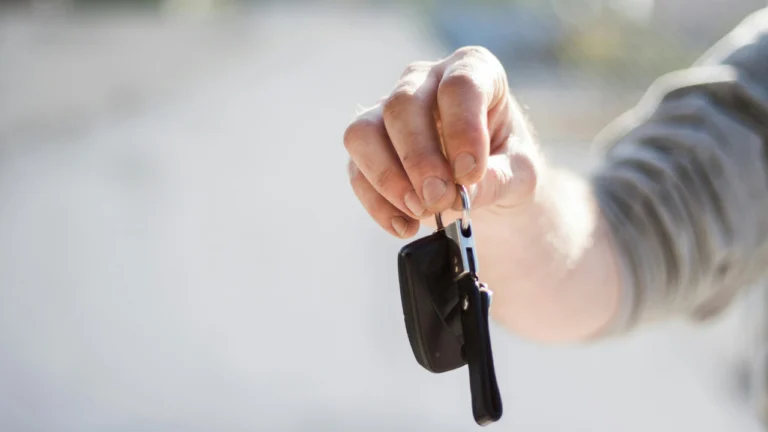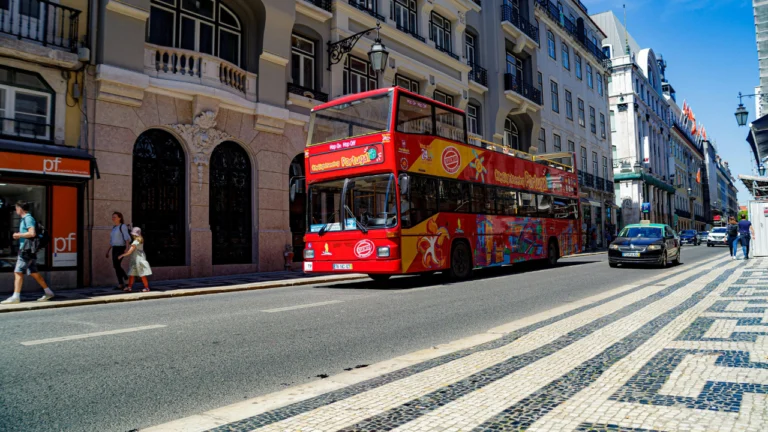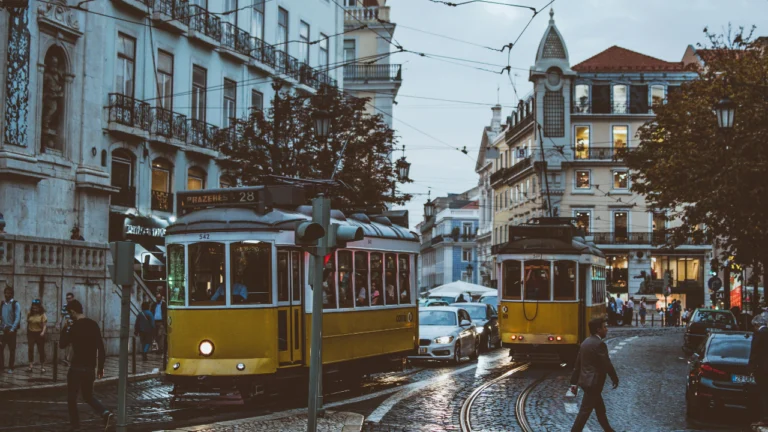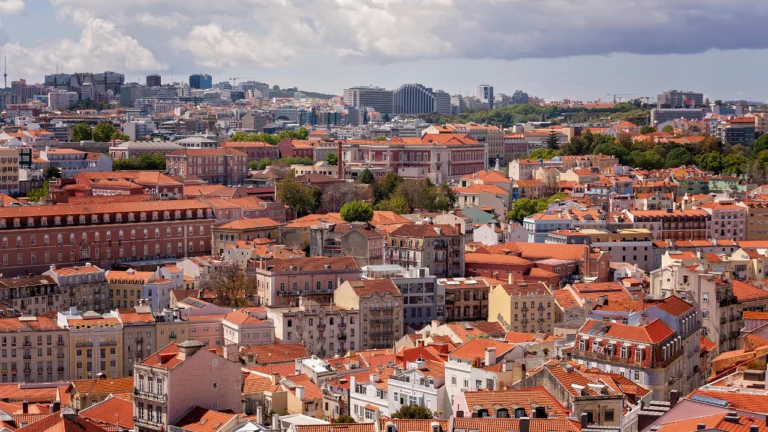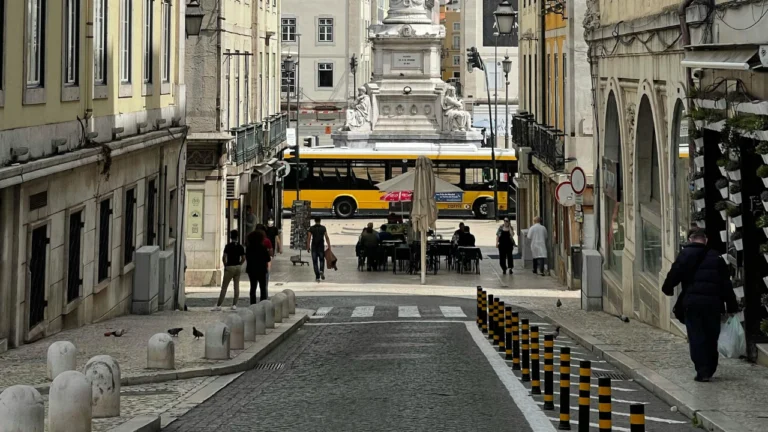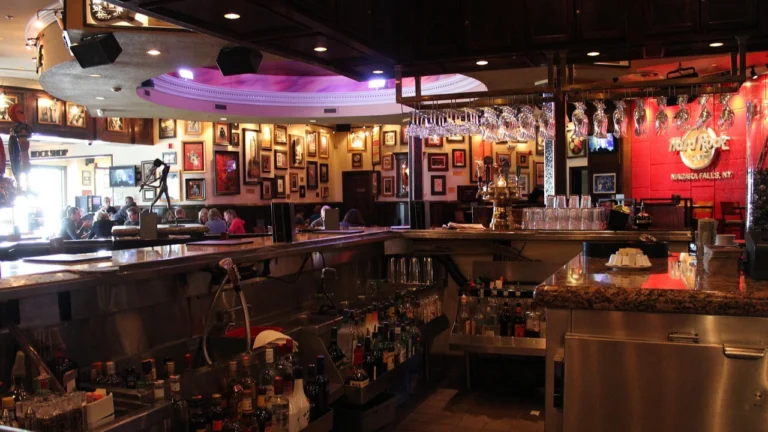Alfama District in Lisbon Our Family’s Wellness Secret
Last updated on August 24, 2025 at 22:14:26
I need to tell you about the morning everything clicked. My son Theo and I were climbing those ancient steps in the Alfama district in Lisbon when he noticed our neighbour serenading her geraniums from her balcony. Not talking to them, mind you, but proper singing a melancholic fado that seemed to make even the flowers lean in closer. That’s when I understood that Alfama doesn’t just house people; it teaches them a completely different way to exist.
Let me explain what happens when a stressed British family accidentally discovers Portugal’s answer to therapy, hidden in plain sight among the tilting buildings and narrow alleys of Lisbon’s most ancient neighbourhood.
Fitness in the Alfama District in Lisbon
Switch routes • Animate the walk • Watch steps, calories, and elevation gain update live. Hillshade toggle lets readers see the steep bits.
Alfama runs on vertical logic. Each route mirrors an everyday task — coffee, groceries, school — that secretly doubles as a workout. Press Start to see it.
- Switch routes with the tabs above the counters.
- Progress bar fills as you “walk.”
- Toggle hillshade to compare flat vs relief view.
The Psychology of Productive Disorientation
Modern life runs on predictability, doesn’t it? We use the same routes, shop at the same stores, control our environment through apps and schedules. Alfama laughs at this concept. The neighbourhood was built before anyone thought to invent parallel lines or right angles, resulting in a layout that seems to shift depending on your mood, the time of day, and possibly the phases of the moon.
When you can’t rely on GPS (it gives up somewhere around the cathedral and just shows you a blue dot floating in digital limbo), something interesting happens to your brain. You start navigating by relationships instead of coordinates. The bakery isn’t at a specific address; it’s two doors past where the orange cat sleeps, left at the azulejo tile of Saint Anthony, down from where the ladies hang their washing on Wednesdays.
This forced awareness does something remarkable for anxiety. You literally cannot worry about next month’s mortgage when you’re genuinely uncertain whether this alley leads to your destination or someone’s private courtyard. The present moment becomes the only functional moment, not through meditation or mindfulness apps, but through the simple necessity of paying attention to where you’re putting your feet.
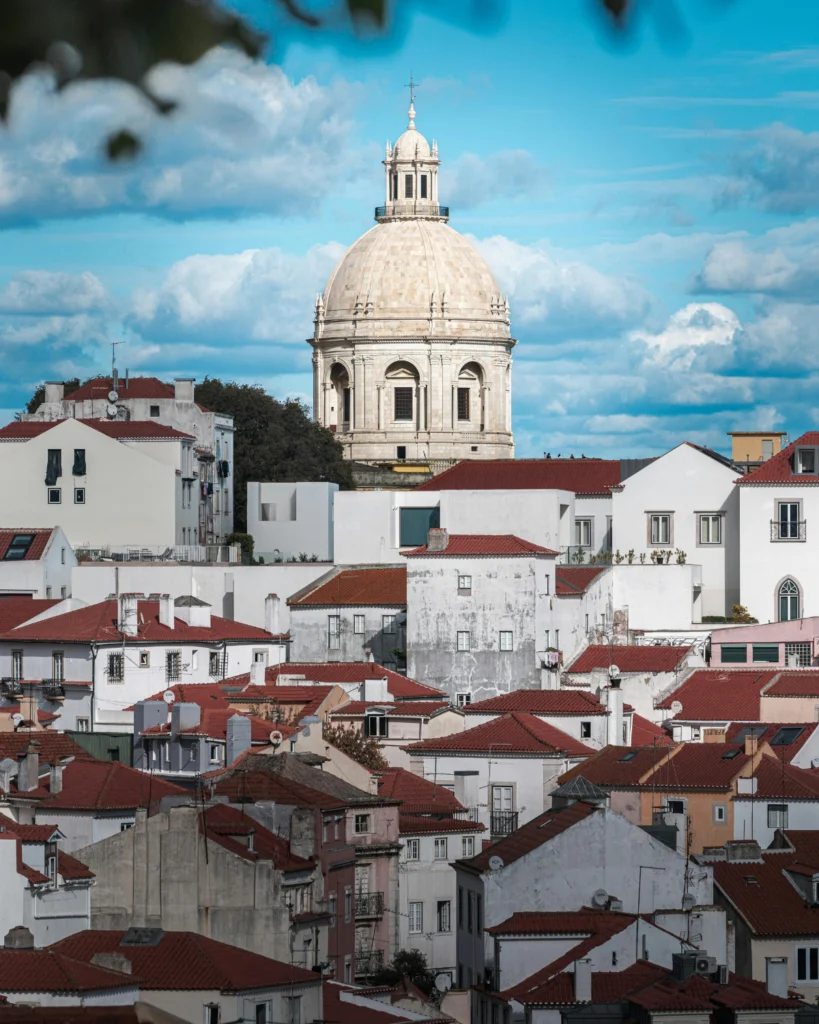
How the Alfama District in Lisbon Builds Community
The streets in Alfama teach you about personal space by eliminating it entirely. When passages are so narrow that two people with shopping bags need to negotiate who goes first, when your kitchen window is three feet from your neighbour’s bedroom, when everyone’s laundry mingles in the air between buildings like some kind of textile United Nations, isolation becomes physically impossible.
Consider what this does to the British reserve we arrived with. In Brighton, I knew my neighbours’ names. Here, I know that António’s back hurts when it rains, that Maria’s grandson just started university in Porto, that the couple at number seven argue every Friday but make up by Saturday morning. This isn’t gossip; it’s unavoidable awareness that comes from living in a space where walls are suggestions rather than barriers.
My children have absorbed lessons about community that no amount of teaching could have provided. They’ve learned that help isn’t something you request; it’s something that appears when someone sees you struggling with groceries on step thirty-seven. They understand that privacy is less important than connection, that knowing your neighbours’ business means they know yours too, and somehow that mutual vulnerability makes everyone safer rather than exposed.
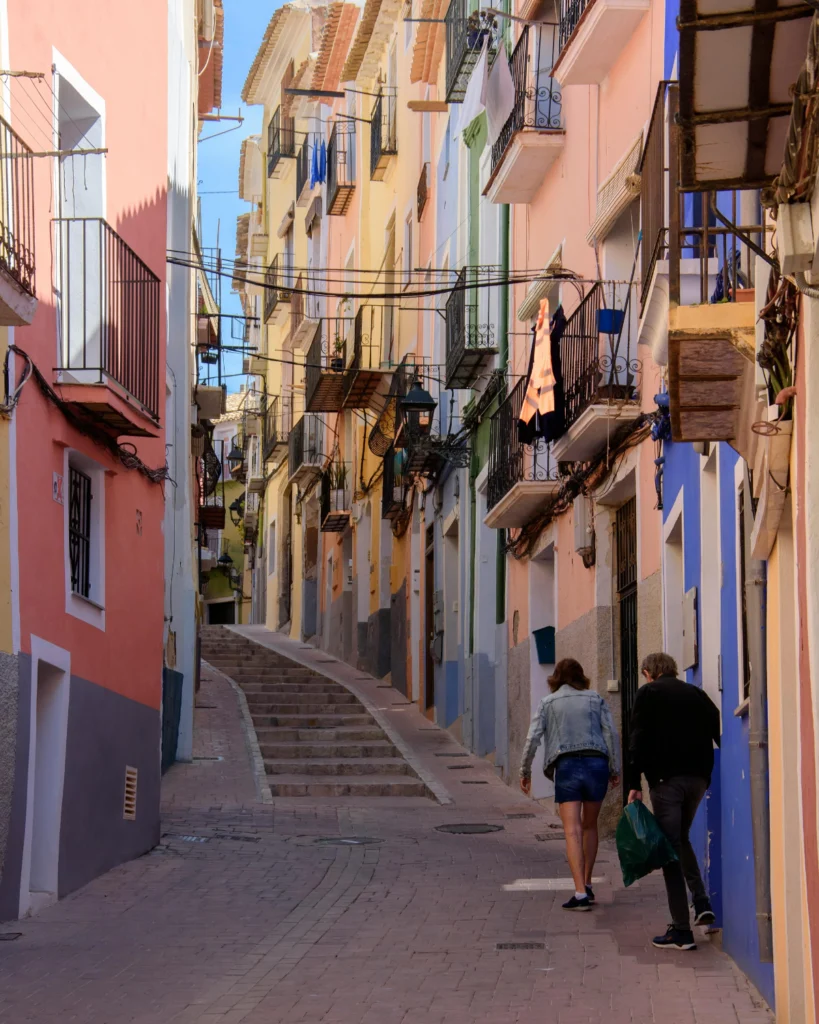
The Daily Practice of Wonder
Alfama district in Lisbon forces you to notice things. Not in an Instagram-worthy, curated way, but in the way humans noticed things before screens existed. The morning light doesn’t just shine here; it performs, bouncing off the river, painting walls gold, creating shadows that tell time better than clocks. The trams don’t just transport; they announce themselves with a clatter that becomes the neighbourhood’s heartbeat.
After a year of this immersion, our family has developed what I can only describe as an allergy to rushing. We leave the house twenty minutes early not for the commute but for the conversations, the cat-petting stops, the moment when the light hits the castle walls just right and you have to pause, even if you’re late, especially if you’re late, because some things matter more than punctuality.
This is what Alfama taught me: wellness isn’t something you schedule or purchase or download. Sometimes it’s just a neighbourhood that refuses to let you live any way except fully present, physically engaged, and irreversibly connected to the people around you. The stairs that exhaust you also strengthen you. The maze that confuses you also frees you. The lack of privacy also means you’re never truly alone.
Come visit, but leave your fitness tracker at home. Alfama will take care of everything else.
FAQs About Alfama district in lisbon
Q: Is Alfama district in Lisbon suitable for families with young children? A: Yes! The hills are tough initially, but kids adapt within weeks. My five and eight-year-olds now race up steps that exhaust adults. Bring a carrier instead of a pushchair for toddlers.
Q: How long does it take to adjust to the hills in Alfama? A: First week is rough, week three feels easier, and by week six you won’t even notice. The neighbourhood teaches you to slow down and take breaks at viewpoints.
Q: Where’s the best area to stay in Alfama for first-timers? A: Near Largo do Chafariz de Dentro or the Fado Museum area – authentic Alfama experience with easier access to shops. Avoid the castle area unless you’re already fit.


